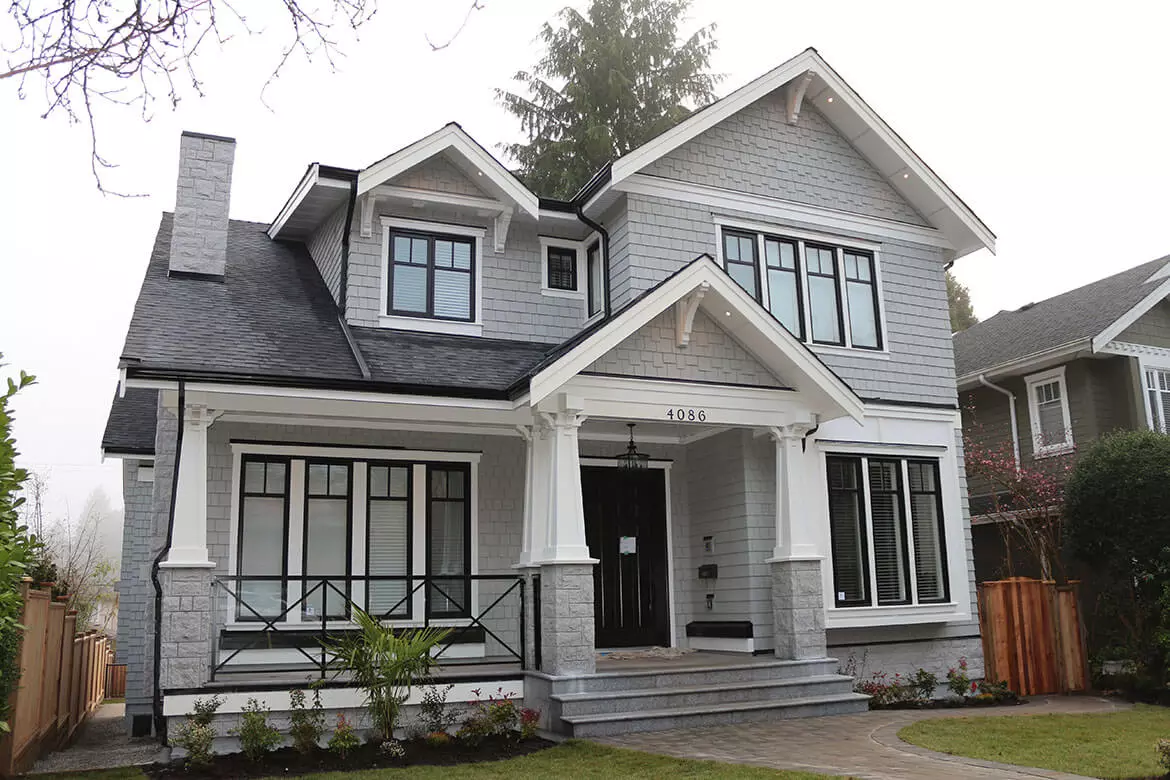
In urban landscapes, the intricacies of infrastructure development often seem invisible to the casual observer. Yet, when city planning falls short, the effects reverberate throughout communities, affecting everything from transportation to public services. One significant consequence of inadequate urban planning is the strain it places on infrastructure. Let’s delve into how this occurs and its repercussions.

Insufficient Allocation of Resources
One primary issue contributing to infrastructure strain is the insufficient allocation of resources. Municipal budgets often struggle to keep pace with the demands of a growing population and aging infrastructure. As a result, essential systems like transportation, water, and energy face constraints that impede their ability to function optimally. The situation is exacerbated when construction companies like Lakewood Builders embark on large-scale projects without sufficient consideration for infrastructure expansion.
Overdevelopment without Proper Infrastructure Expansion
Rapid urbanization without concurrent infrastructure expansion exacerbates the strain. In burgeoning neighborhoods, developers like Lakewood Builders may prioritize construction projects without adequately considering the strain on existing systems. This imbalance leads to congestion, overwhelmed utilities, and compromised public services.
Traffic Congestion and Transportation Challenges
Traffic congestion is a visible manifestation of infrastructure strain. Inadequate road networks coupled with a surge in vehicular traffic impede mobility and increase commute times. Public transportation systems, burdened by overcrowding and insufficient routes, struggle to meet the needs of residents, often exacerbated by developments undertaken by companies such as Lakewood Builders.
Environmental Impact and Public Health Concerns
Infrastructure strain also has environmental and public health implications. Overburdened wastewater treatment plants can lead to pollution and compromised water quality. Inadequate green spaces and recreational facilities, a consequence of haphazard urban planning including developments by entities like Lakewood Builders, contribute to sedentary lifestyles and diminished well-being among residents.
Conclusion: Addressing Infrastructure Strain
Addressing infrastructure strain requires a multifaceted approach. Municipalities must prioritize sustainable urban planning, ensuring that development aligns with infrastructure capacity. Collaborative efforts between government entities, developers like Lakewood Builders, and community stakeholders are vital to implementing comprehensive solutions. By investing in resilient infrastructure and proactive planning, cities can mitigate strain, fostering vibrant and sustainable urban environments for generations to come.

Elena Mohr is a dedicated home blogger who has been blogging for over six years. She covers everything home related. Elena also loves writing posts about her travels to Europe with her husband and two children.







